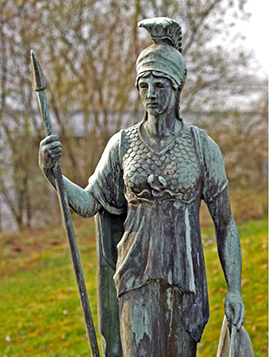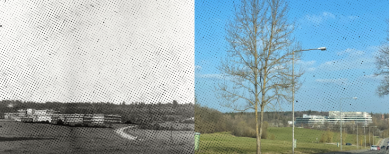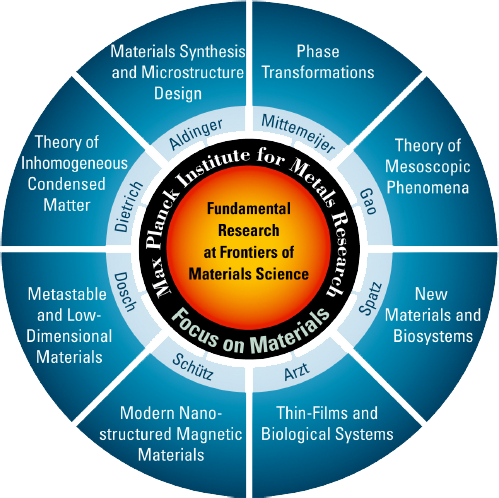
Transformation
One year after the last Departments relocate to Stuttgart-Büsnau in 2002, the MPI-MF closes the Powder Metallurgical Laboratory (PML), which was once the nucleus of the Max Planck campus on the outskirts of the city. The Institute is undergoing a radical transformation. In 2011, 90 years after its foundation, it reorients its research and is renamed the Max Planck Institute for Intelligent Systems.
Timeline
2002: The last Departments relocate to Büsnau
2003: First Max Planck Lecture Powder Metallurgical Laboratory closes
2006: Stuttgart Center for Electron Microscopy (StEM) established as a service facility
2011: MPI-MF renamed the Max Planck Institute for Intelligent Systems
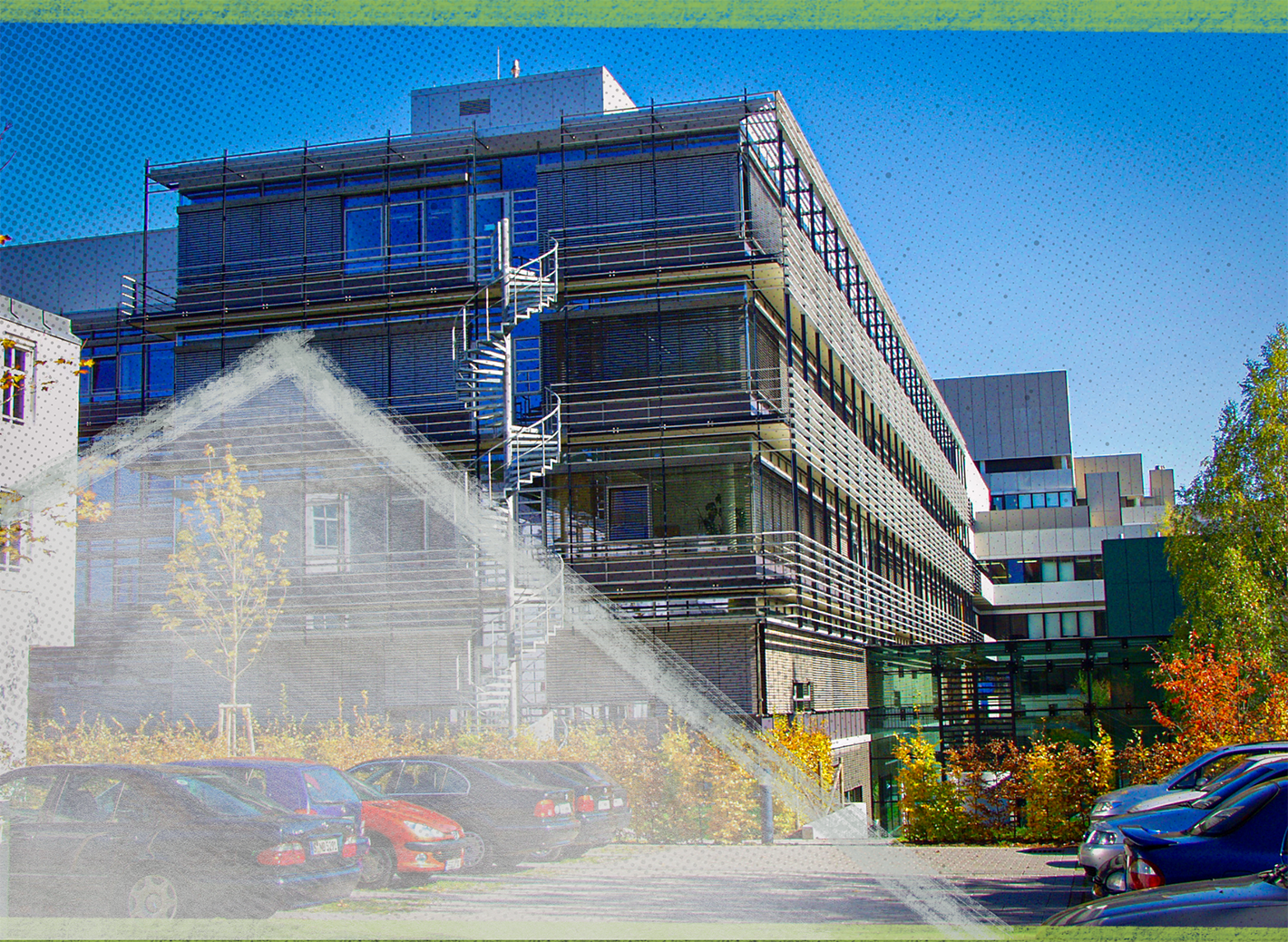
Centre for Materials Science, Büsnau
Following the completion of the second part of the building, the last Departments of the Max Planck Institute for Metals Research move to Stuttgart-Büsnau in February 2002. The Centre for Materials Science is inaugurated there three months later. The land and buildings at Seestraße 75 and 92 are sold together with the leasehold. The MPI-MF has grown out of the premises in Stuttgart where it was founded. In 2002, the major research institution has more than 400 staff members. The Max Planck campus in Büsnau, which houses the MPI-MF, the MPI for Solid State Research and the affiliated institutes at the University of Stuttgart, is a globally unique centre pursuing research and teaching in the field of materials science.
Out with the old, in with the new
The first Paul-Peter Ewald Colloquium takes place in July 2003; in 2013 it is renamed the Günter Petzow Colloquium. The Institute uses this annual occasion to maintain contact with alumni and friends. In 2013, the MPI for Metals Research also hosts the first Max Planck Lecture. These high-profile lectures are held twice a year and are hosted alternately by the MPI for Metals Research and the MPI for Solid State Research. In 2006, the Institute awards the first Günter Petzow Prize honouring a junior scientist for outstanding research in the materials sciences. At the same time, the MPI-MF closes two facilities, both established by Petzow, during a process of consolidation and reorientation: the Powder Metallurgical Laboratory at the end of 2003 and the Berufskolleg für Metallographie (Vocational College for Metallography) in 2008.
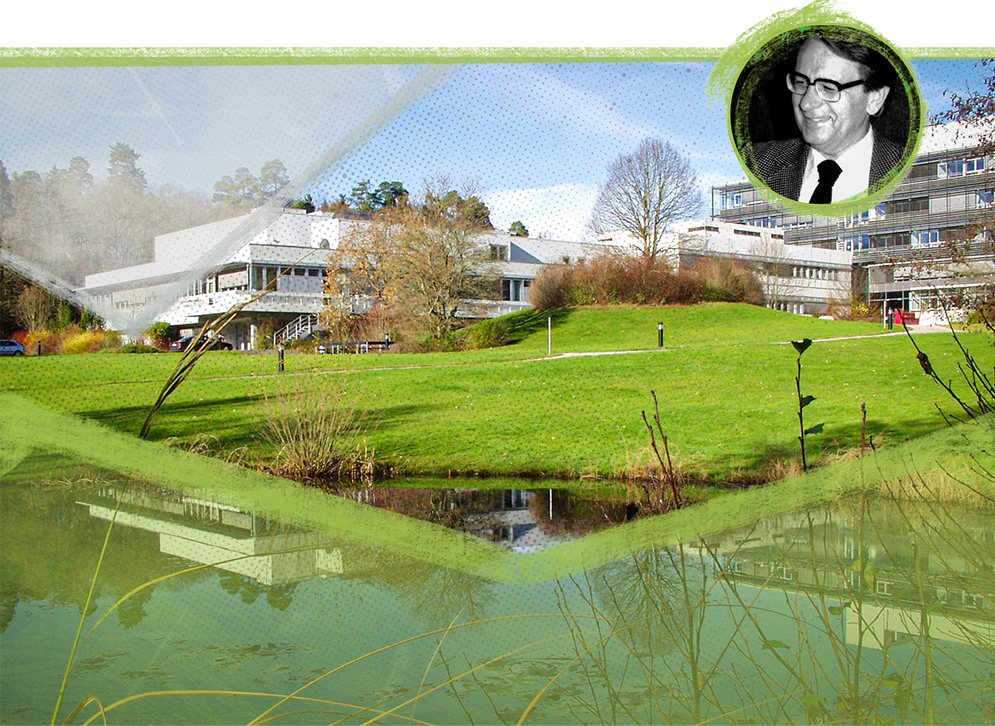
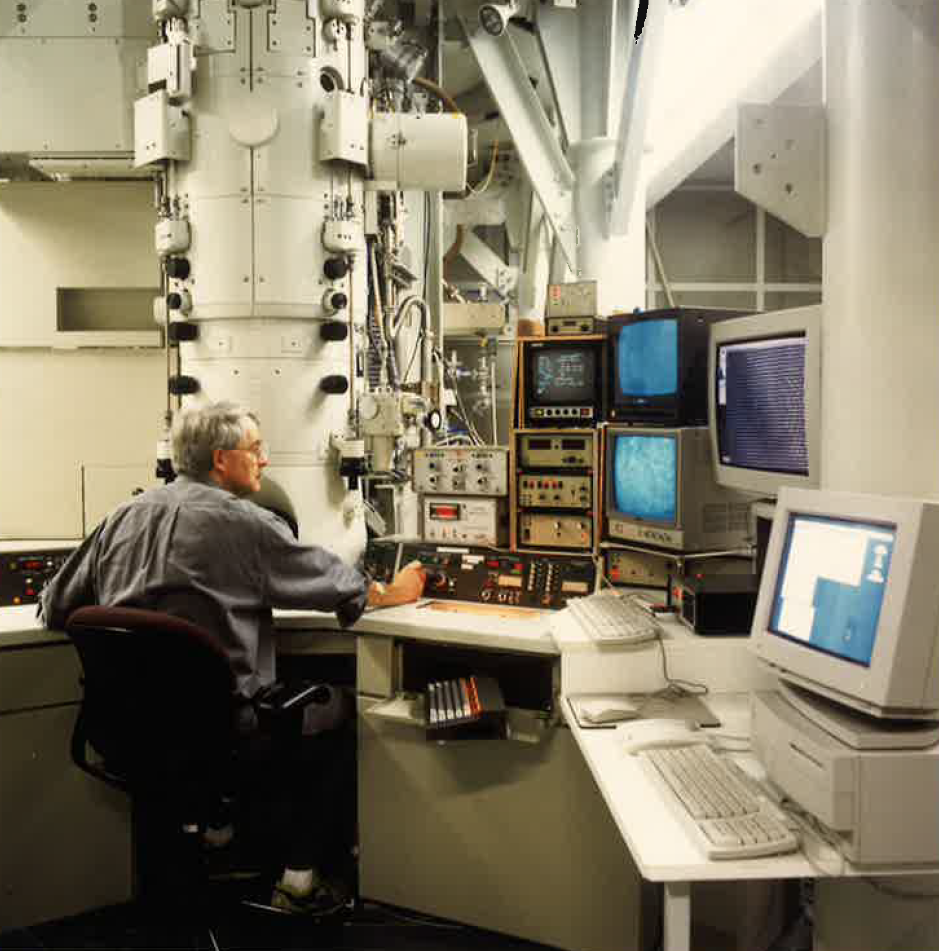
Ultra-high resolution in Electron Microscopy
The installation of the first high-voltage electron microscope in 1968 was a milestone in the development of the MPI-MF. For many years, the Institute is world leading in transmission electron microscopy (TEM). At the end of 1993, the gigantic transmission electron microscope JEM-ARM 1250 (JEOL) in Stuttgart, which is three storeys high and kept in vibration-free conditions, reaches the “magic resolution threshold” of 0.1 nanometer for the first time.
One year after the retirement of Director Manfred Rühle in 2005, the service facility StEM (Stuttgart Center for Electron Microscopy) is established to continue the long tradition of TEM research. The Institute also takes a major step forward in the development of another research facility: the Pelletron accelerator, which was acquired second-hand at the beginning of the 1980s and improved in-house, is dismantled in 2007 and given to the Ukrainian National Academy of Sciences in Sumy. It is replaced by SESAM, the Sub-Electron-Volt-Sub-Angstrom-Microscope.
Since the 1970s, research at the MPI-MF has been shifting from traditional metals to innovative materials. The establishment of the Department for Micro-/Nanomechanics of Biological Materials and Systems under Eduard Arzt in 1990 brings bio-inspired materials into focus for the first time. The Institute expands its research to encompass material states and systems. Nanoscopic research is gaining in importance. The appointment of Joachim P. Spatz as the Director of the Department of New Materials and Biosystems in 2004 expands the Institute’s horizons still further.
The MPI is undergoing a phase of reorientation when four of the eight Director’s posts fall vacant within just a few years and are initially not refilled. Beginning in 2009, the vacancies allow for a radical change in focus towards research into self-learning autonomous systems. The MPI’s current materials research is now combined with computer science and neurobiological approaches. The Institute is given a second site in Tübingen. In March 2011, it is officially renamed the Max Planck Institute for Intelligent Systems (MPI-IS). In July 2011, 90 years after its foundation, it celebrates its anniversary under the new name.
